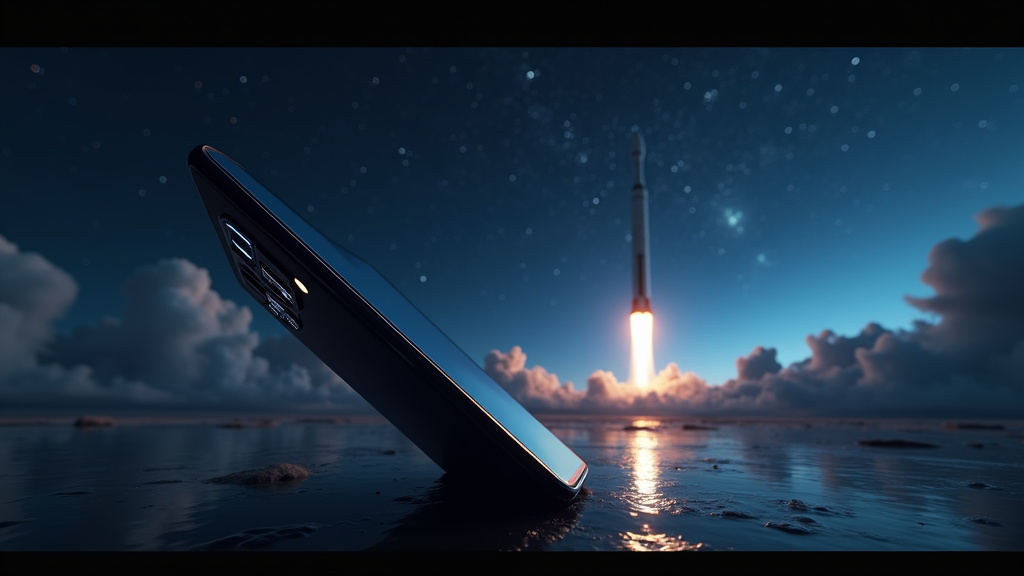The global market for technology and durable goods demonstrated remarkable resilience in the first half of 2025, generating $403 billion in revenue and marking a significant 4.6% year-over-year increase. This positive performance, detailed in a recent NielsenIQ (NIQ) report, underscores consumers’ ability to adapt and prioritize value amidst ongoing economic uncertainties, inflation, and dynamic trade conditions. The IT sector emerged as a key growth engine, showcasing an 11% revenue increase driven by essential device replacement cycles and the impending end of support for older operating systems.
IT Sector Leads the Charge with Strong Replacement Cycles
The information technology segment has been a standout performer, largely propelled by consumers upgrading aging devices. The conclusion of support for Windows 10 has spurred a notable replacement cycle for personal computers. Globally, laptop sales saw a 13% uplift, with a particularly strong surge in gaming laptops (up 23%) and high-refresh-rate monitors (surging by an impressive 280%). While Artificial Intelligence (AI) is present in new hardware, its direct appeal as a purchase driver for consumers remains nascent, with only 7.8% of global buyers citing it as a reason for purchase, despite its growing integration into PC functionalities.
Consumer Behavior: Premiumization Meets Value-Driven Choices
In a market shaped by economic prudence, consumers are adopting a more strategic approach to their spending. NIQ data indicates that 60% of global respondents prioritize brands offering good value for money. This trend manifests in a dual consumer behavior: a growing preference for premium models priced above $600, which saw a 7% global growth, and a parallel rise in the adoption of refurbished devices for entry-level needs. In France, for example, refurbished devices now account for 41% of sales within the sub-600-euro segment, highlighting a conscious effort by consumers to balance cost and quality.
Regional Performance: A Mixed but Growing Landscape
Geographical performance across the technology and durables market presented a varied picture. China experienced a substantial surge of 11.5%, significantly boosted by government-led trade-in policies. Western Europe has returned to positive growth territory, while the Middle East recorded a 5% increase. Emerging markets in Asia and Latin America also showed signs of recovery and growth. Conversely, developed Asian markets continued to show a decline in performance during the first half of the year.
Navigating Uncertainty: Resilience Through Smart Shopping
Despite persistent global uncertainties, including inflation and complex trade dynamics, the consumer technology and durables market has demonstrated significant resilience. Consumers are actively “shopping smarter,” strategically timing their purchases, often waiting for promotional events, and ensuring they receive the best possible value. This intentional spending pattern is a key factor supporting the market’s momentum.
Omnichannel Dominance and Future Projections
Omnichannel retailing continues to gain traction as a preferred shopping method. In the first half of 2025, online sales constituted 37% of all global technology and durables transactions, marking a 9% increase compared to the same period last year. This underscores the importance of a seamless digital and physical retail presence for brands. Looking ahead, NIQ anticipates this upward trend to continue, projecting a stable full-year growth of 2% for the global technology and durables sector, indicating that the market is learning to thrive even under pressure. This sustained growth suggests that innovation focused on tangible consumer benefits and value will remain paramount for success in the evolving landscape of consumer technology news and purchases.














